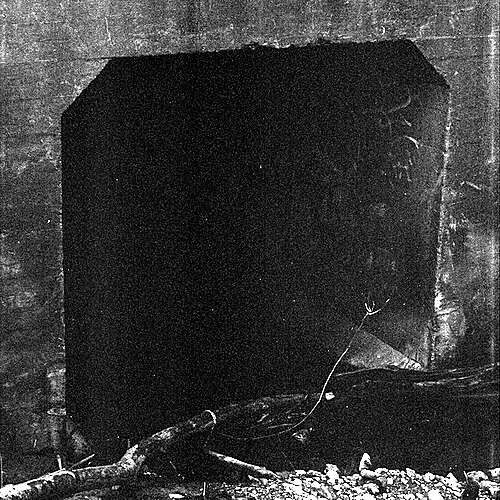Richie Culver
country: UK
genre: Experimental
ABOUT THIS ARTIST
Richie Culver first realised he understood art at an afterparty. Growing up by the North Sea, on the outskirts of Hull, the artist spent his formative years reckoning with the gravitational pull of his hometown, wracked with anxiety, aimlessness and low self-esteem. After leaving school to work in a caravan factory to facilitate a growing rave habit, Culver started to pull focus on himself in the abandoned warehouses and knackered bedsits of Hull’s party scene. It was on staggering to one of many post-rave afters that he was exposed to a book of Nan Goldin’s photographs. Through dense skunk smoke, over the chaos magic incantations of Genesis Breyer P-Orridge emanating from punctured speakers, Culver recognised something in the world viewed through Goldin’s lens. “I would look at the pages and understand these images,” says Culver. “This was where I was from. I realised that people were capturing this for a living.” It wasn’t long after this that he would learn that Throbbing Gristle had formed in the same city he had always felt so trapped by, an epiphany that would spell a sea change for the artist at his most embryonic. In both his visual practice and his DIY approach to music the afterparty is conceived as a paranoid site of production, not only as the stage upon which the artist began to learn the addled language and pitch-black humour that drives his work to this day, but as an internal space for reflection.
Source [Spotify]Releases

